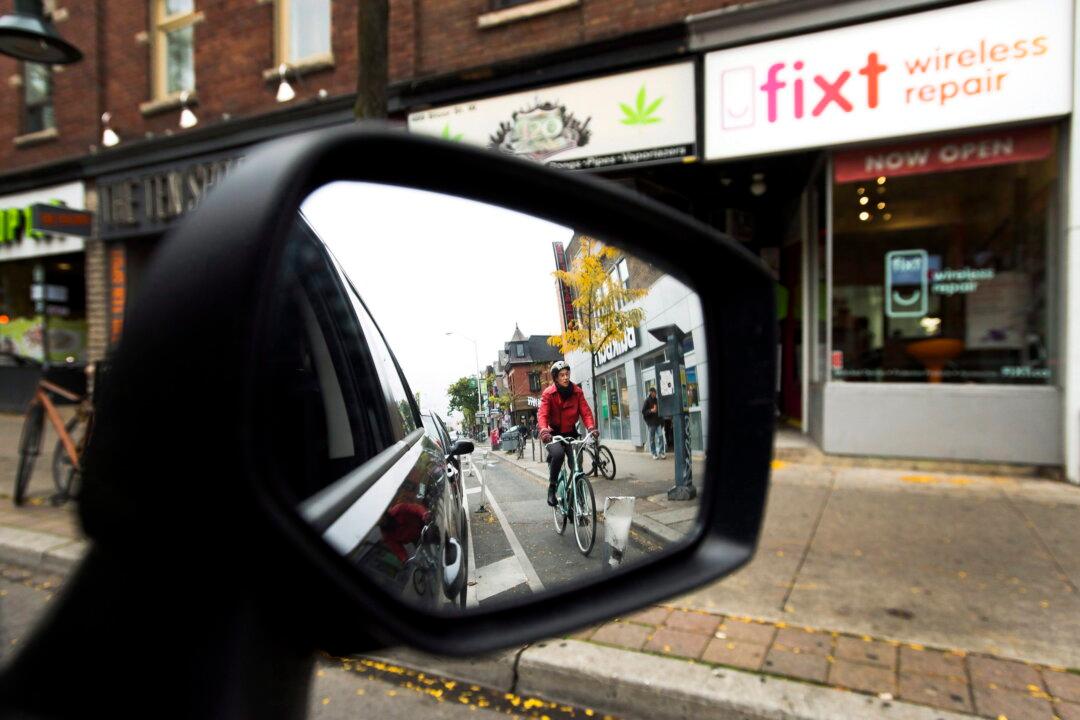Ontario has passed a law that requires municipalities to obtain approval before installing bike lanes on arterial roads and may also lead to the removal of some current Toronto lanes.
The legislation, known as Bill 212, also limits cyclists’ ability to sue the government for eliminating bike lanes if someone is injured or killed on parts of the road where a lane has been removed.





